June 9-15, 2024
Standing on the Full Edge of Summer
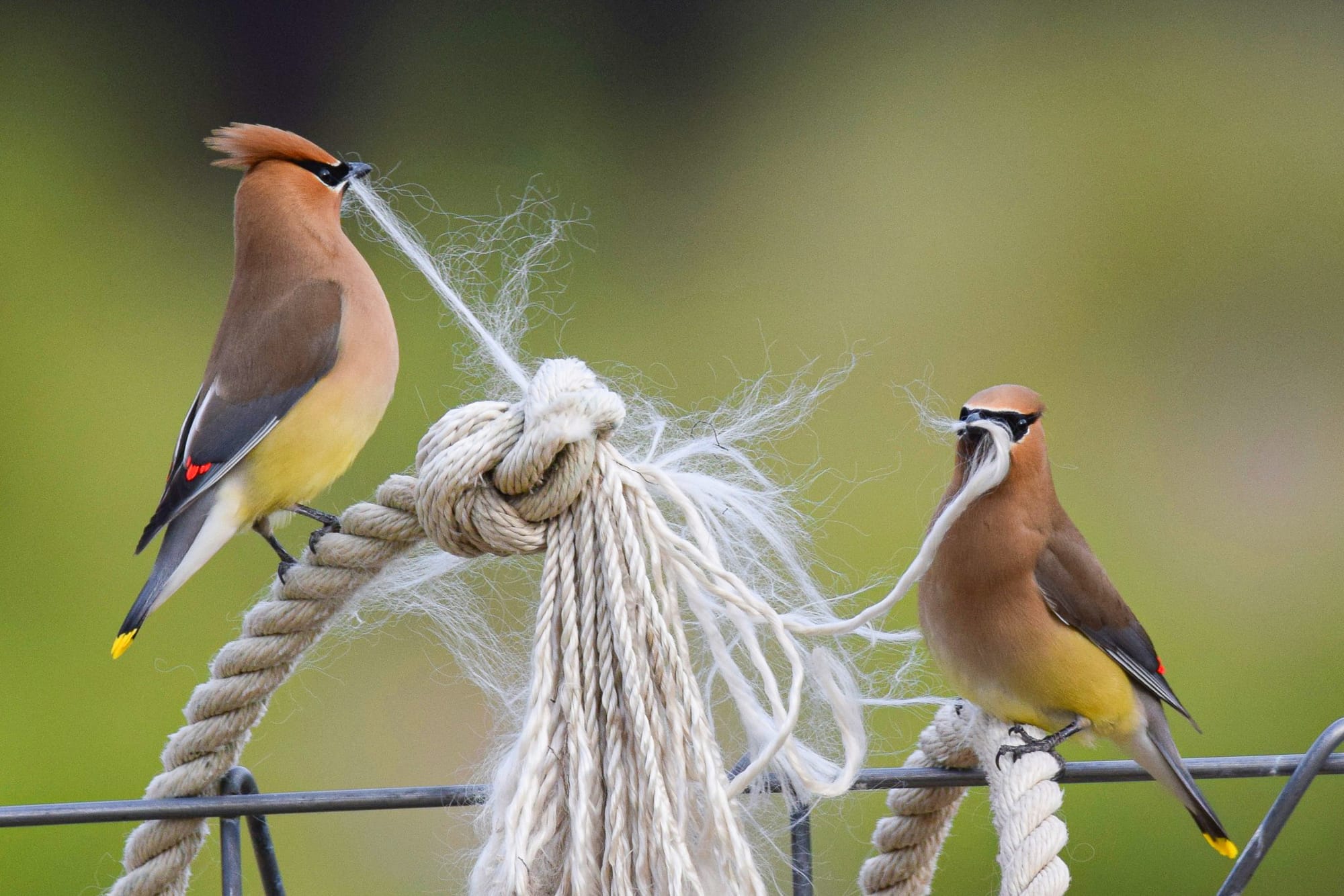
Here at the leading edge of summer, there is a deep fullness to the days, with many birds, flowers, and countless types of insects being very active right now.
Week in Review
What's up with the weather this year?! After a week of warm (almost hot), dry days, we woke up this morning to a fresh dusting of snow around the valley—and there's supposed to be frost on the valley floor tonight!!!
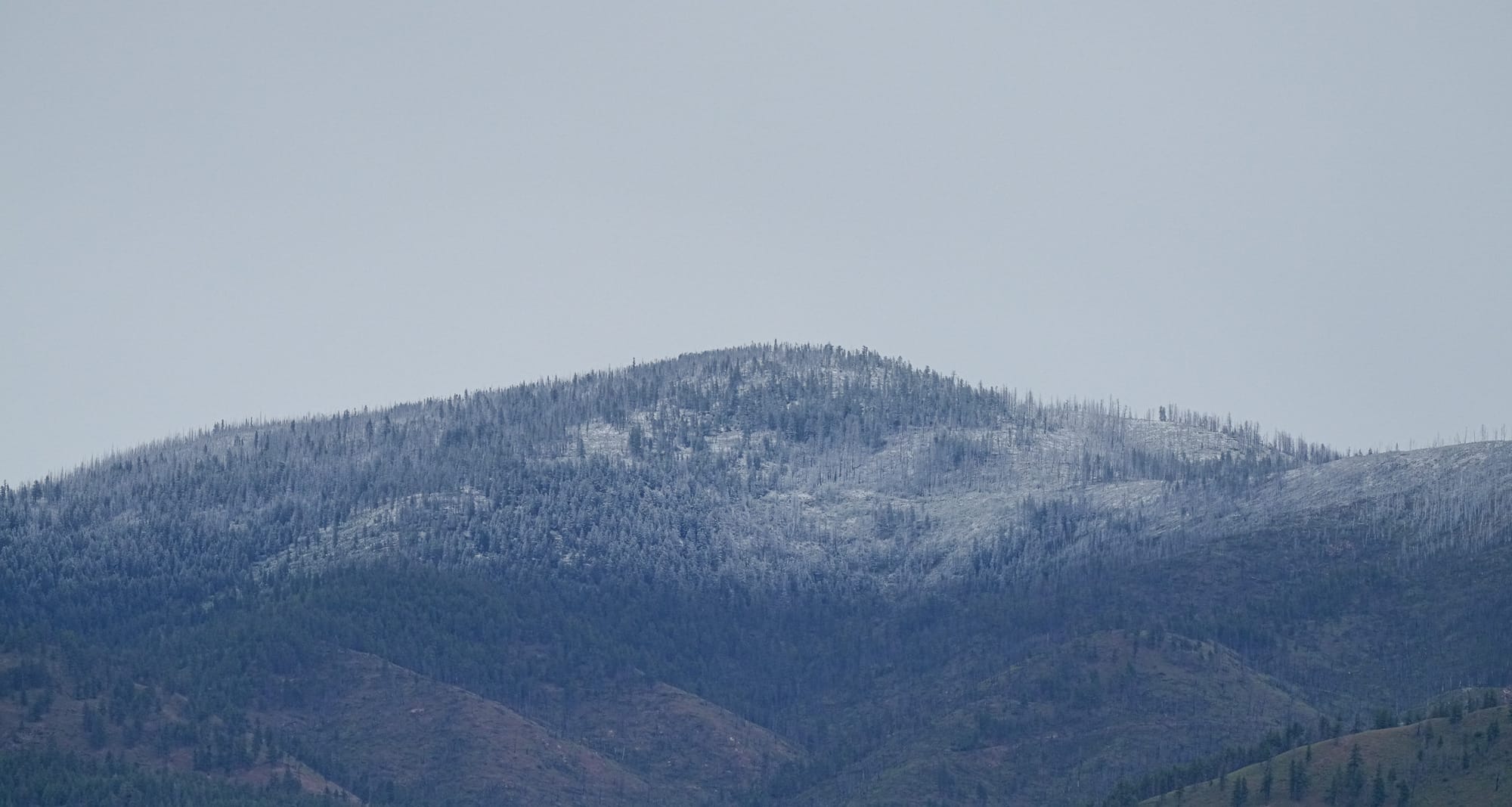
I'll leave it to long-time gardeners to chime in and tell us if these conditions are unusual or not, but in terms of the natural world this is a fabulous time of the year. I went on a long walk in the dry hills around Twisp this week and I was astounded at how many singing birds, insects, and flowers are out right now!
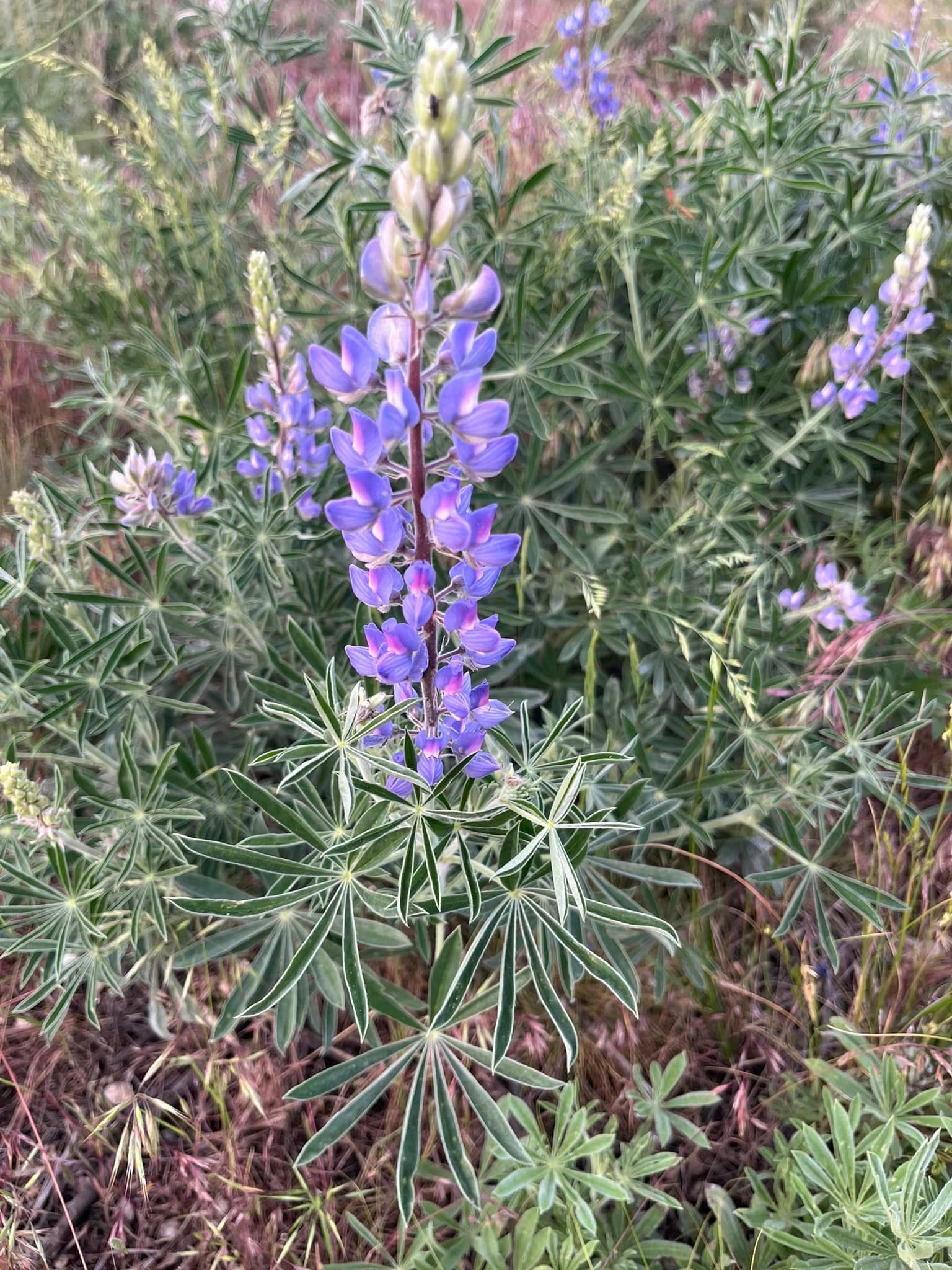
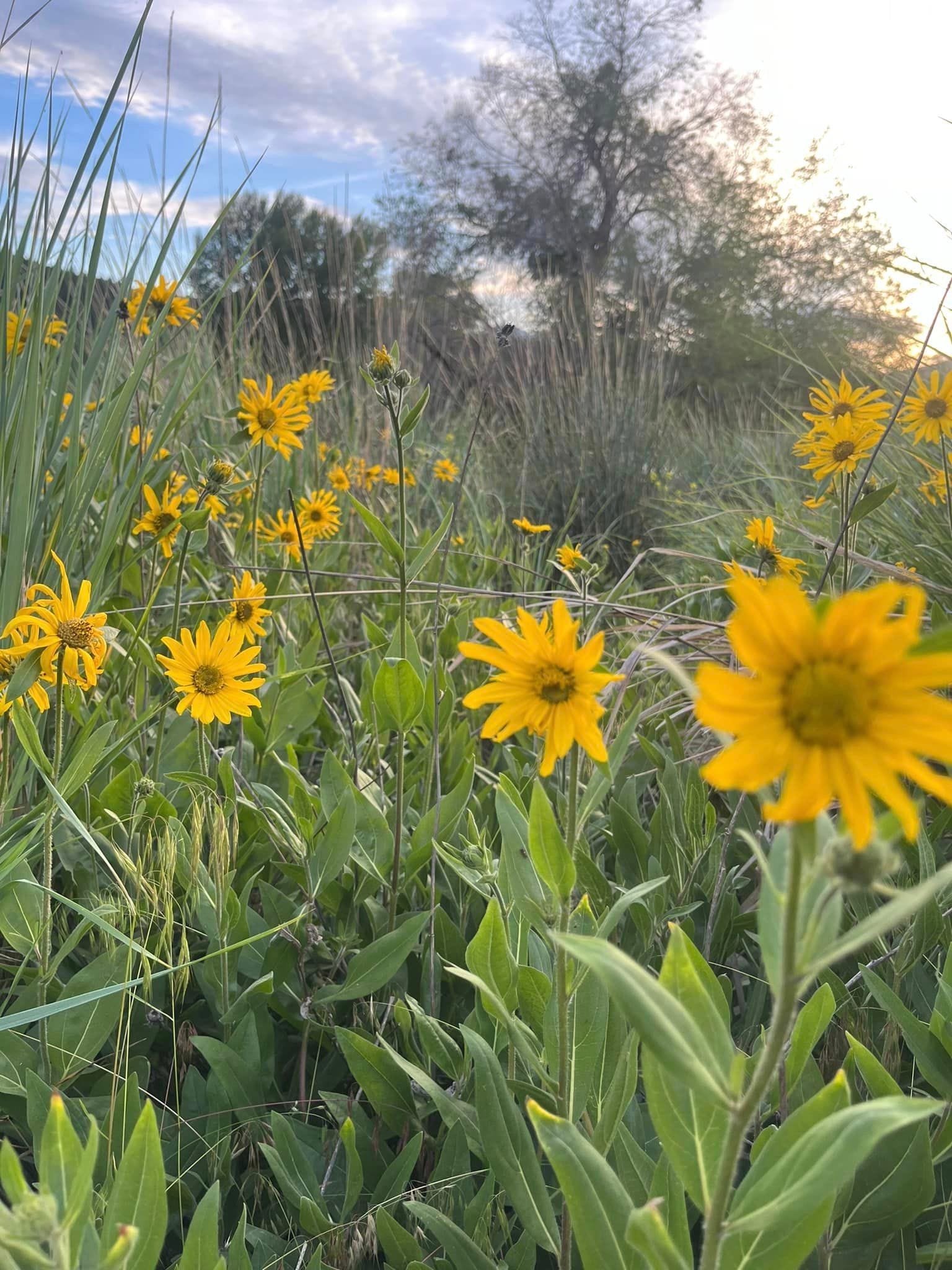
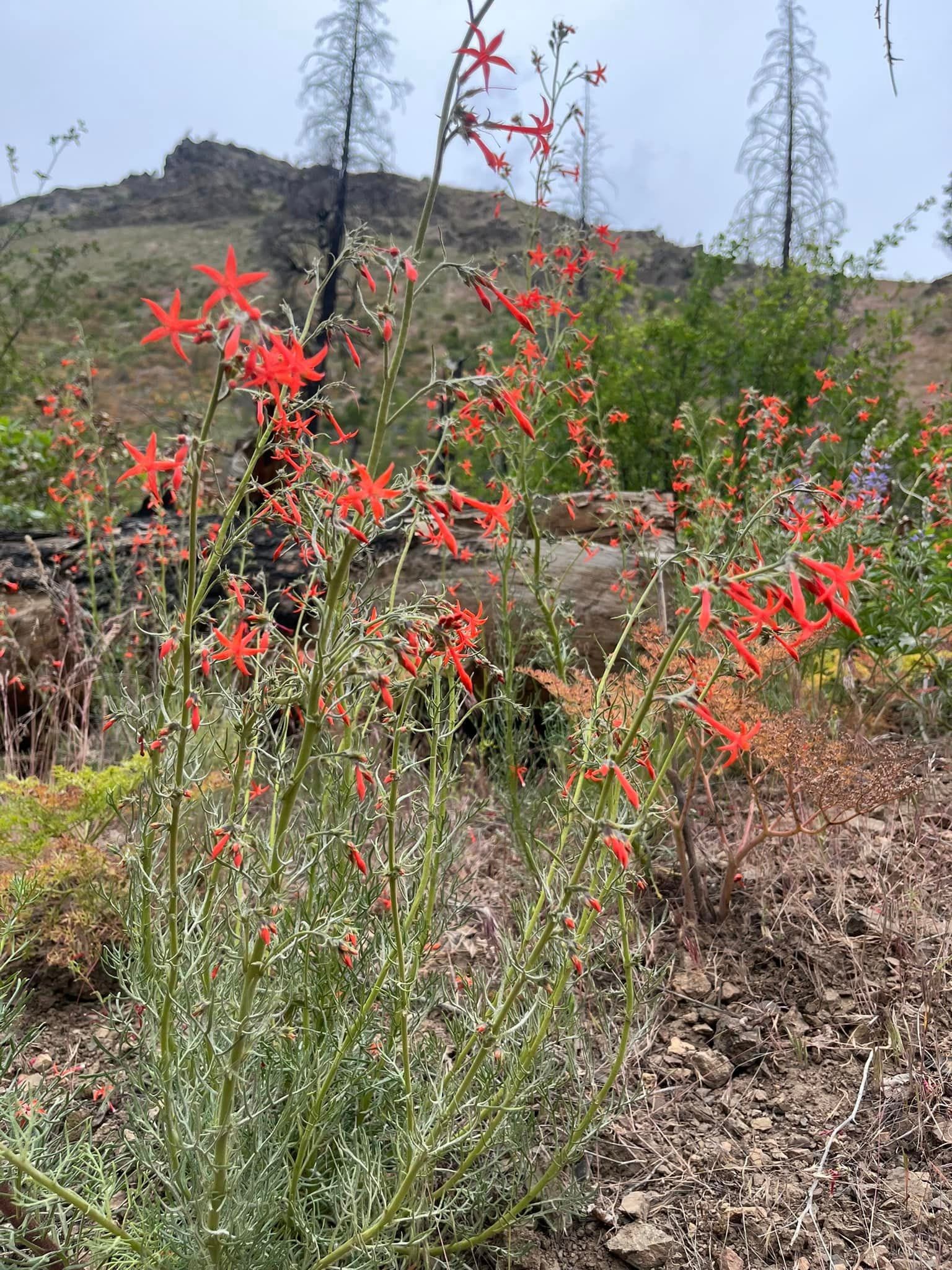
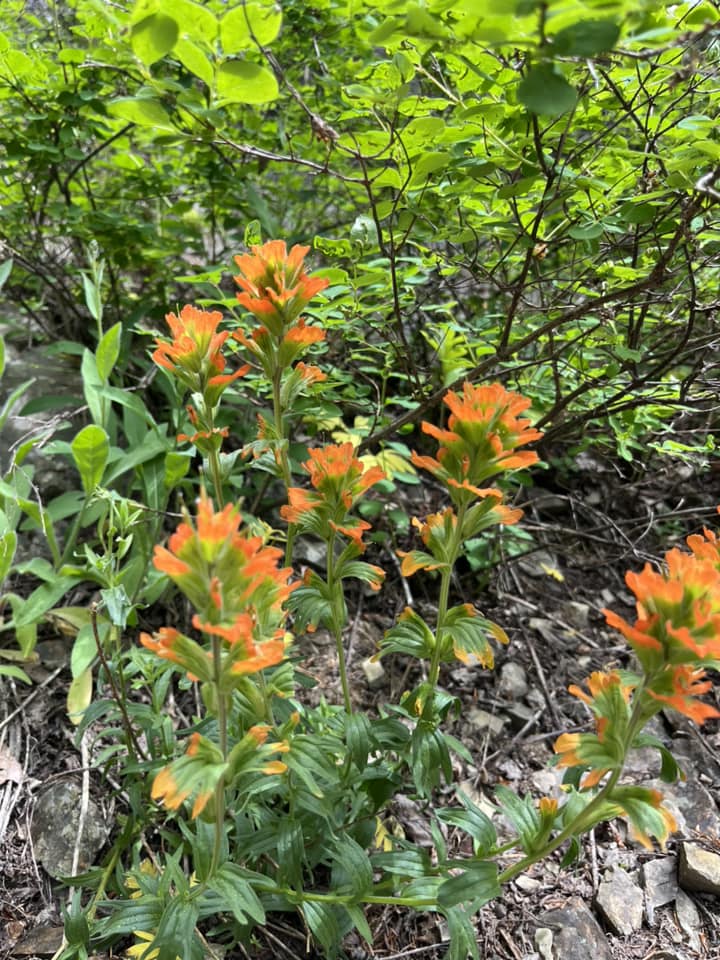
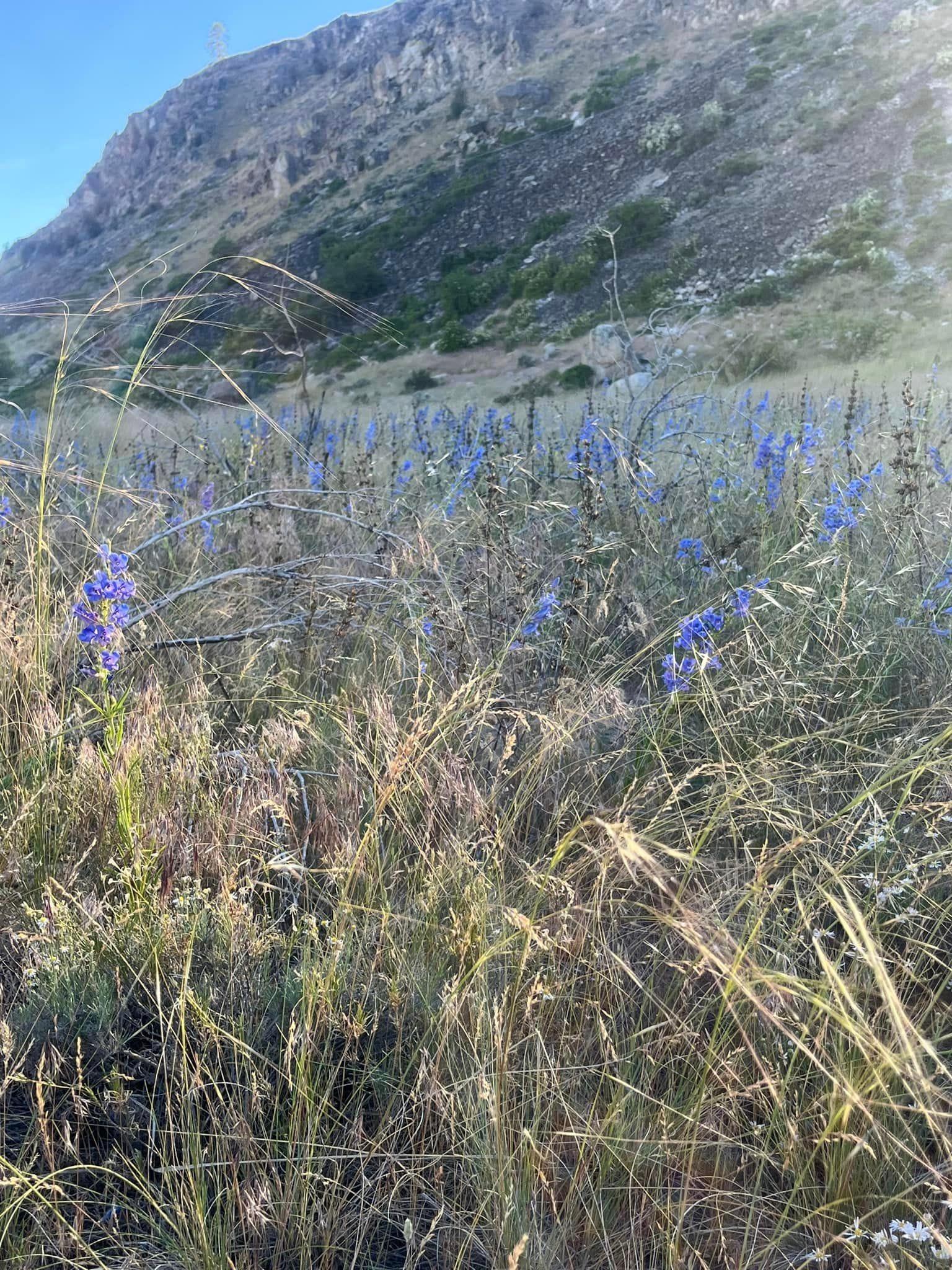
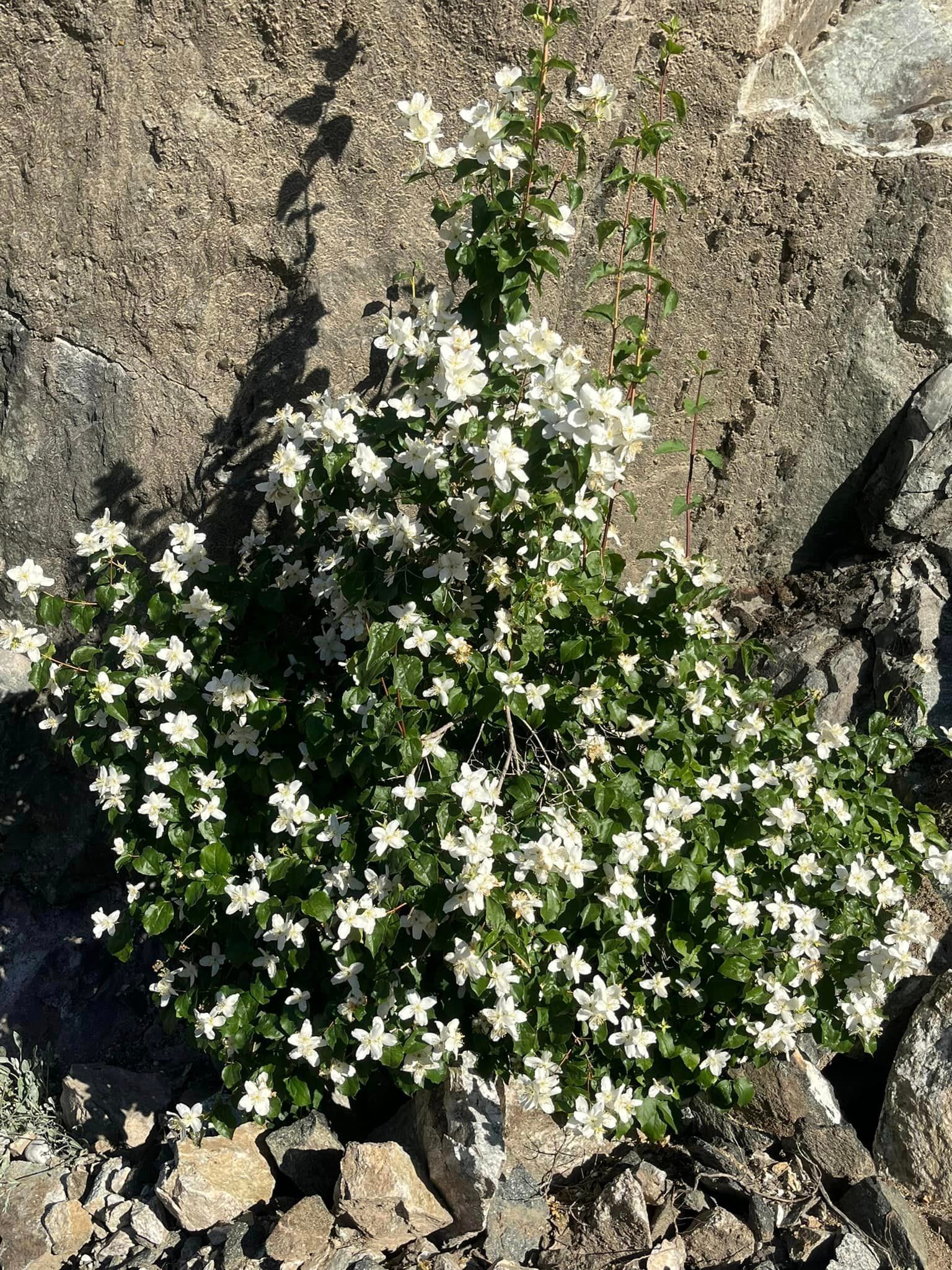
Some of the many flowers blooming this week. Photos by Zachary Ziska
And that's not even counting what's going on in the mid-elevation forests. I haven't hiked in the hills myself this year, but folks have posted a few photos on the Nature Notes Facebook group that suggest that spring is fully underway at higher and colder elevations. I can't wait to get up there.
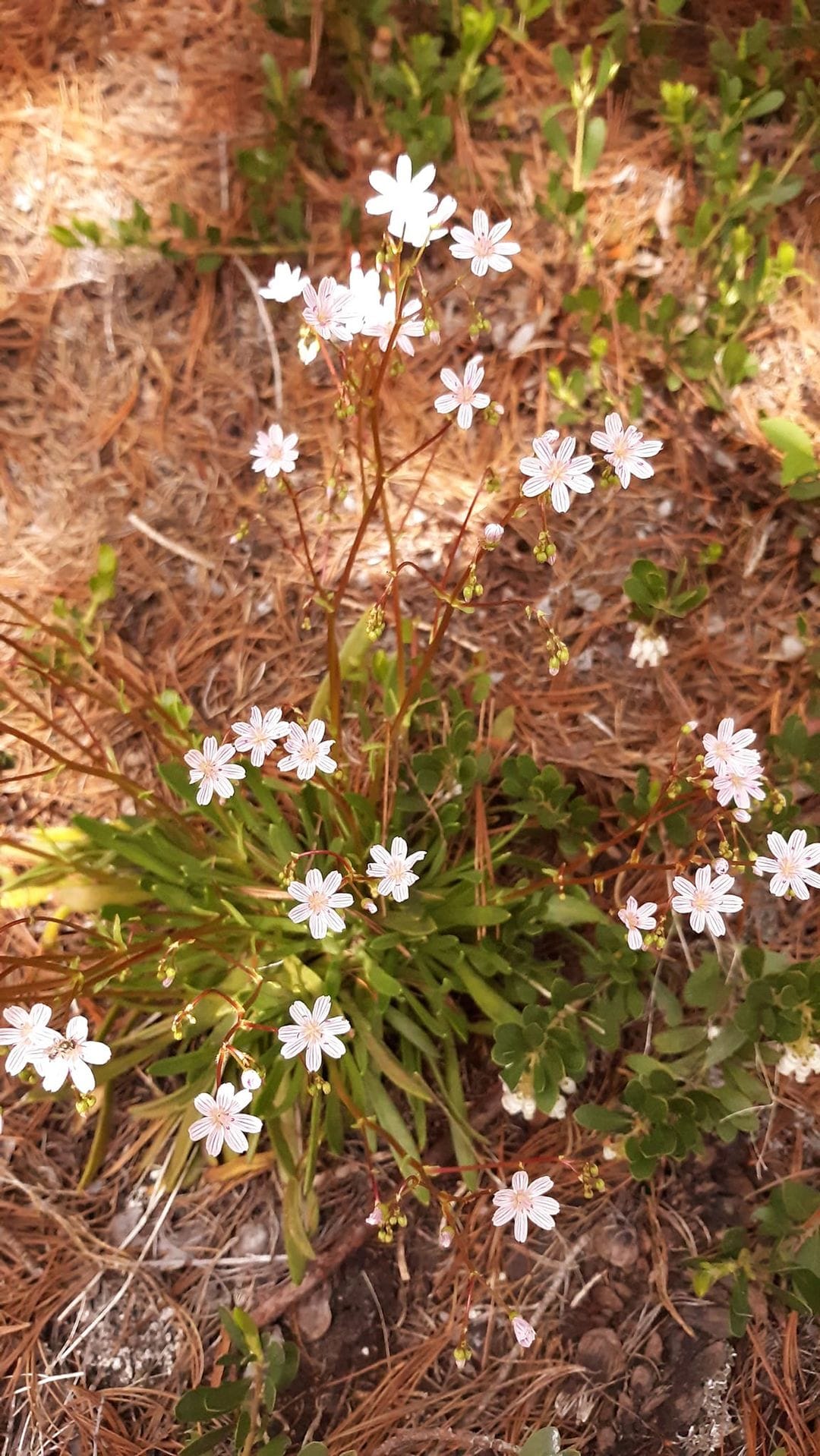
The biggest surprise on my outings this week has been the sheer number and variety of insects that are out. I've seen snakeflies, bee flies, damselflies, a dazzling number of colorful wasps, bees, and flies, and so much more. I can't possibly include all of them in a newsletter, but I'm making a short video about the valley's shrub-steppe habitat that will feature many of the insects I'm seeing.
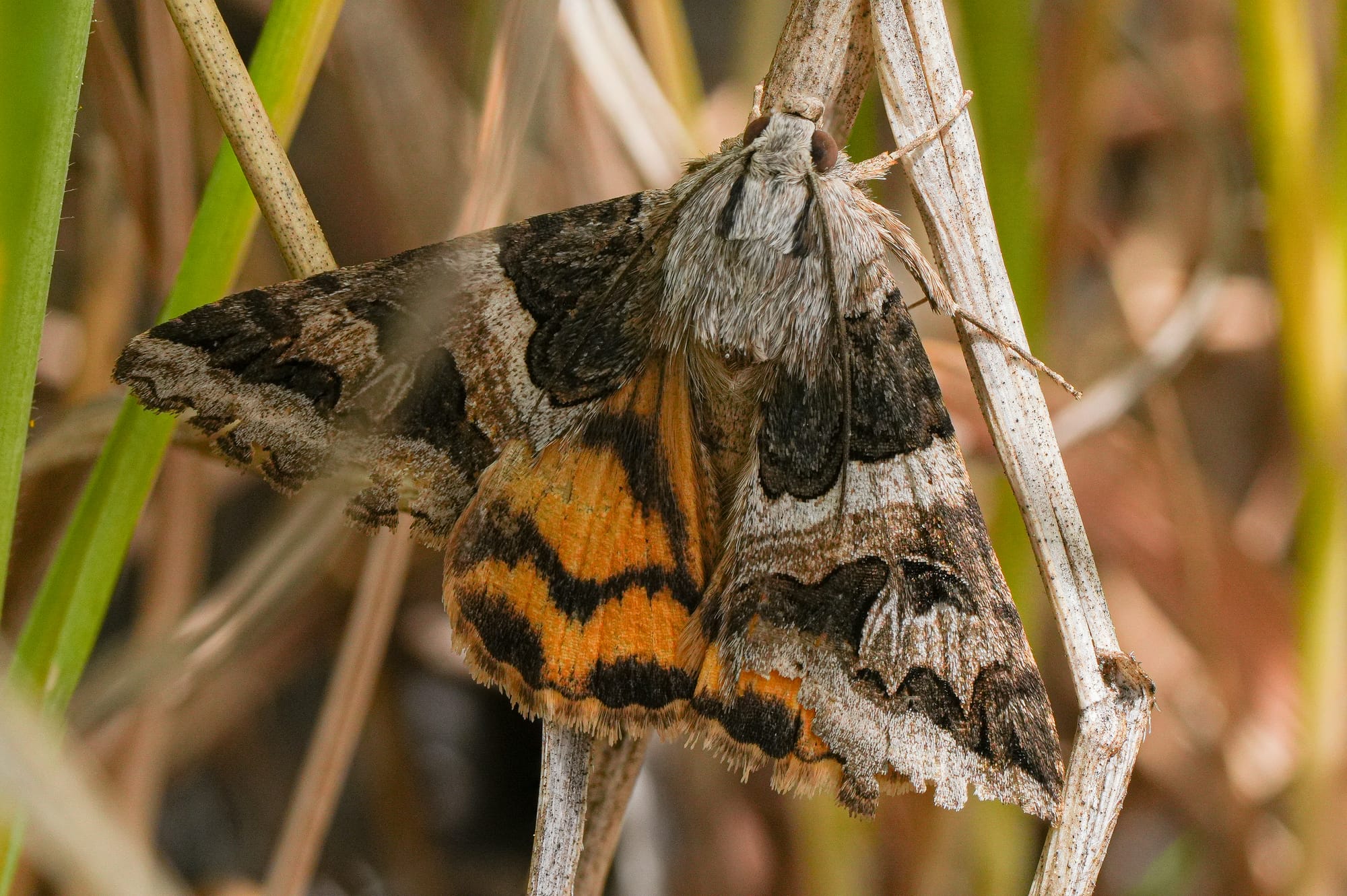
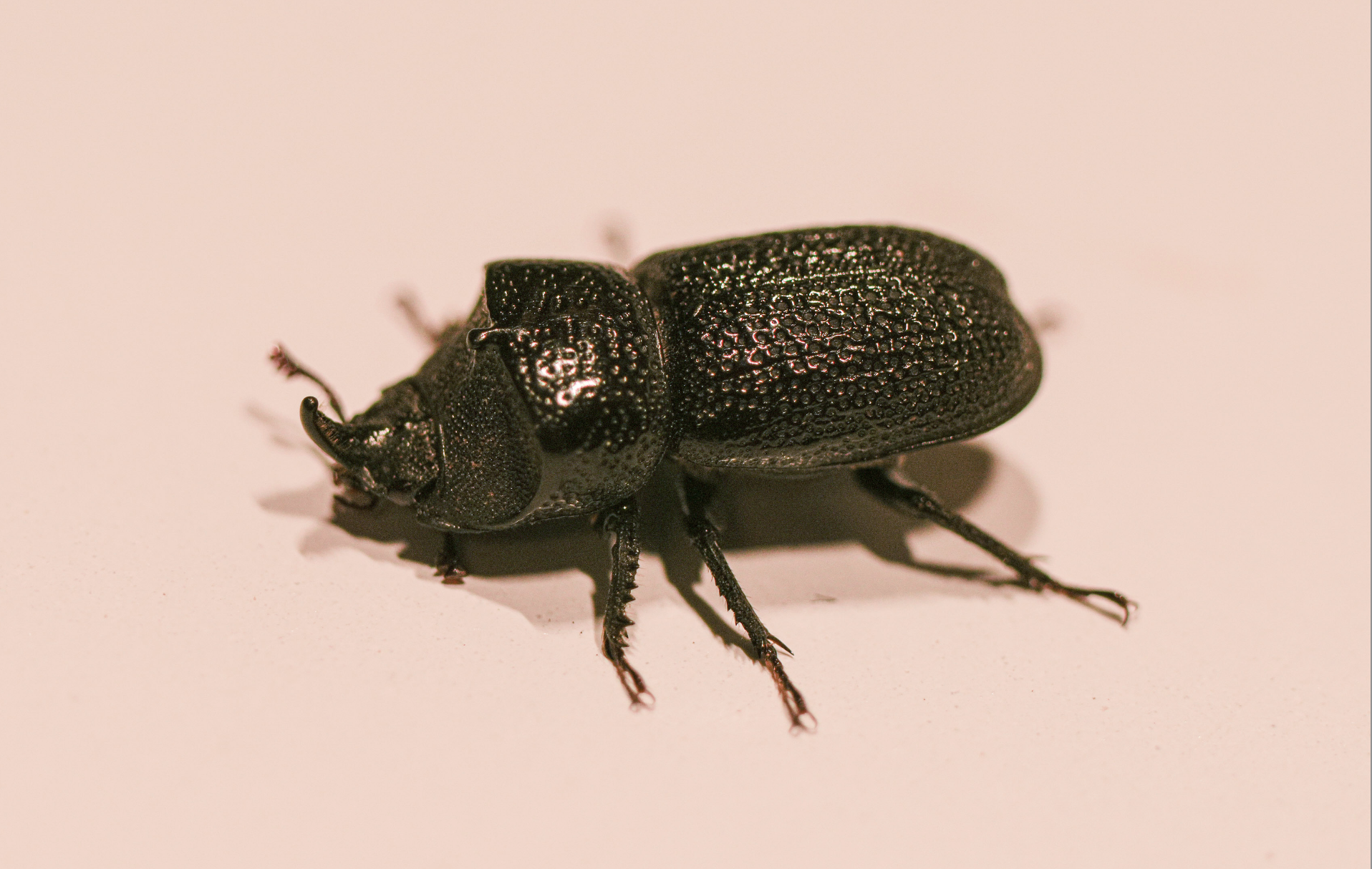
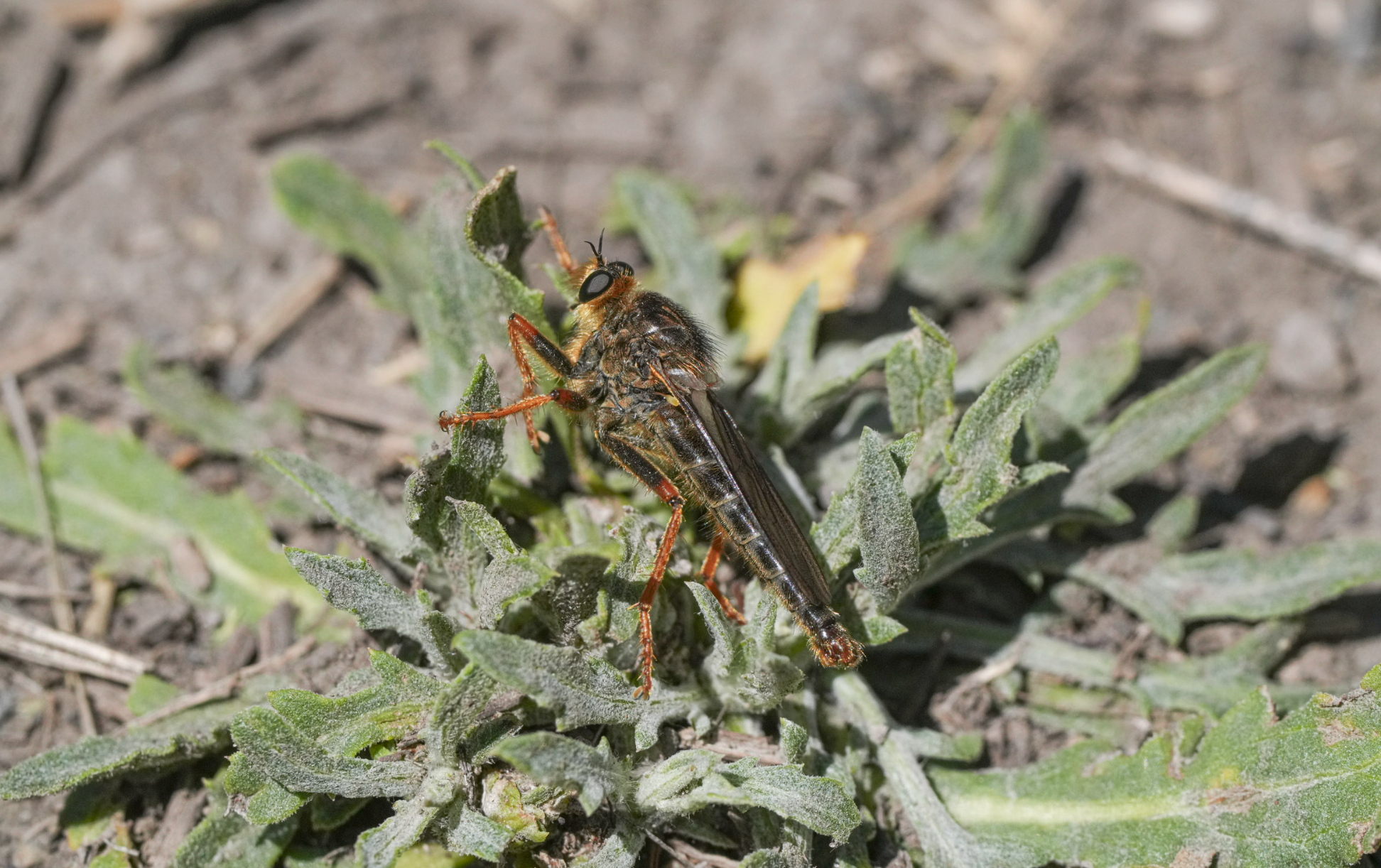
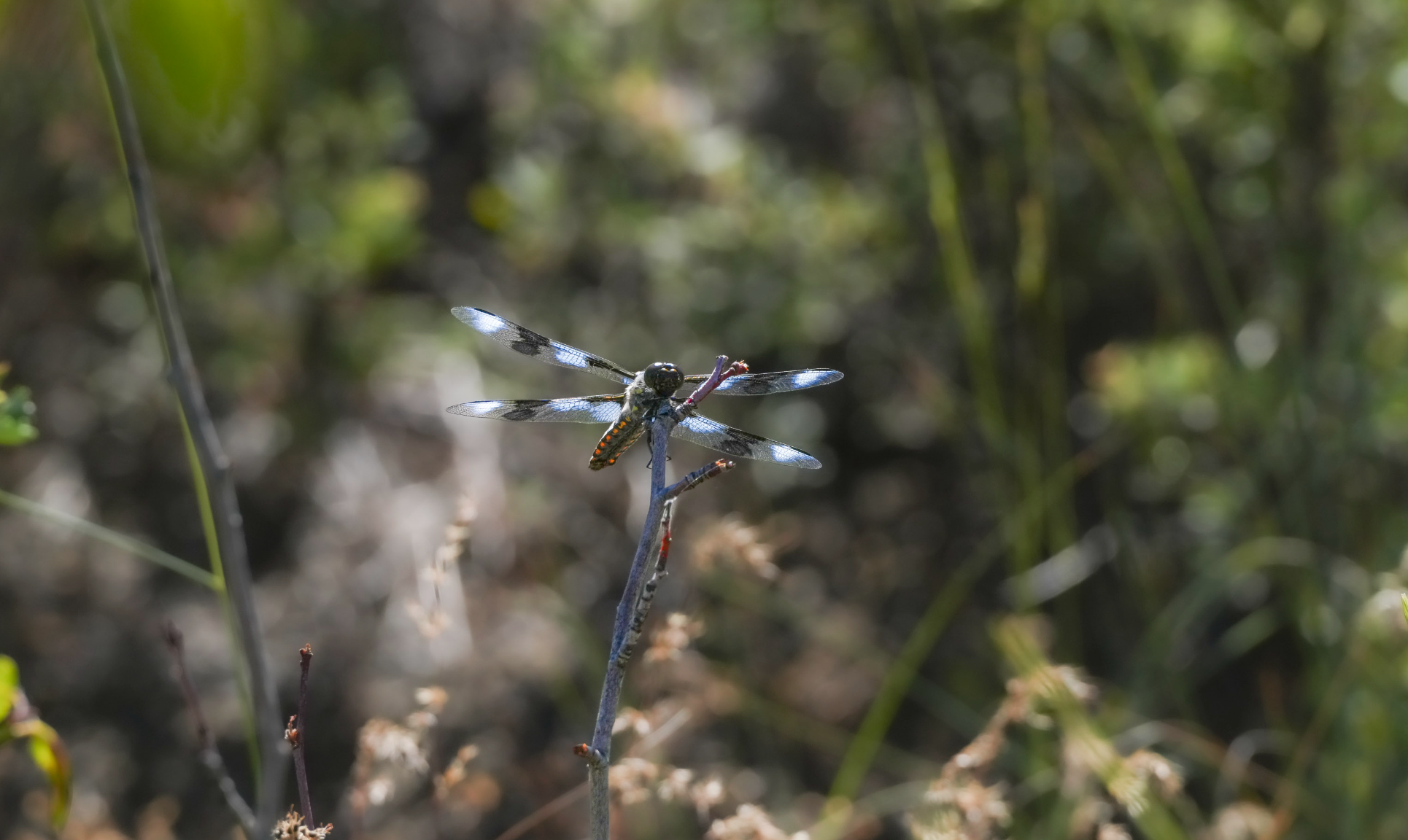
Examples of insects that are active right now: Drasteria divergens moth, rugose stag beetle, Stenopogon robber fly, and eight-spotted skimmer. Photos by David Lukas
I've been so busy trying to photograph insects that I have to admit I've overlooked the larger animals that people have been posting about. For example, have you noticed that bucks are growing out their velvet-covered antlers?
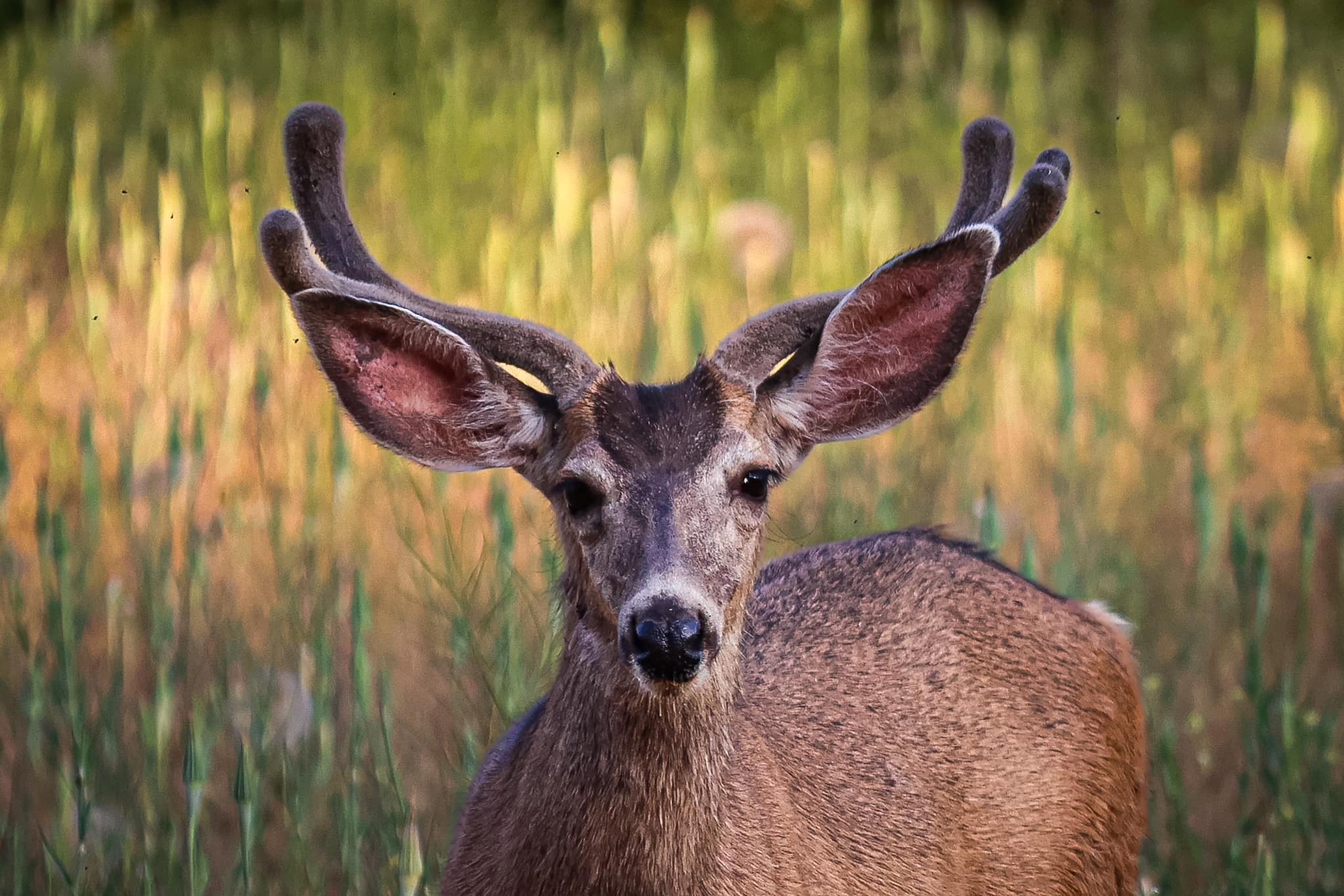
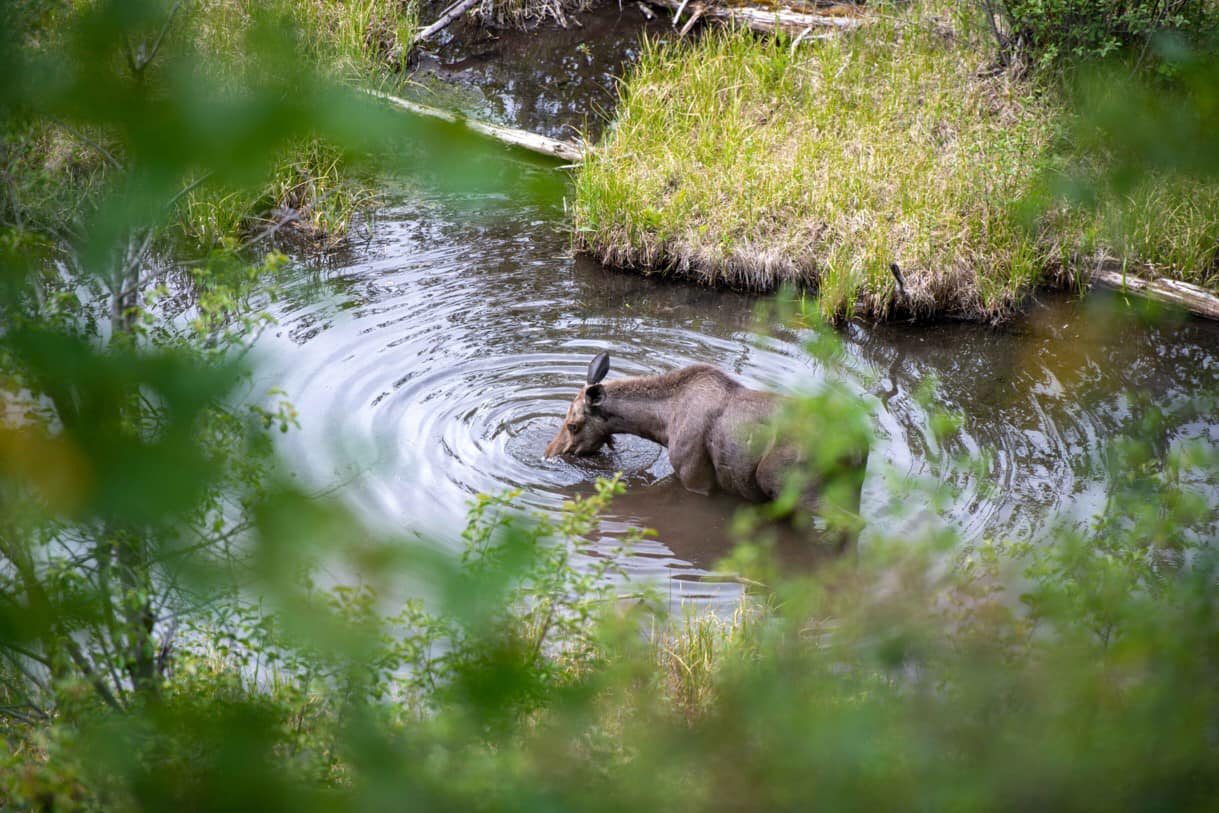
Observation of the Week: Blues
There are at least 12 species of blue butterflies in the Methow Valley, and you will observe them everywhere. It's not uncommon to see upwards of six at a time on the flowers of a single plant, and they seem to love the buckwheats that are blooming right now.
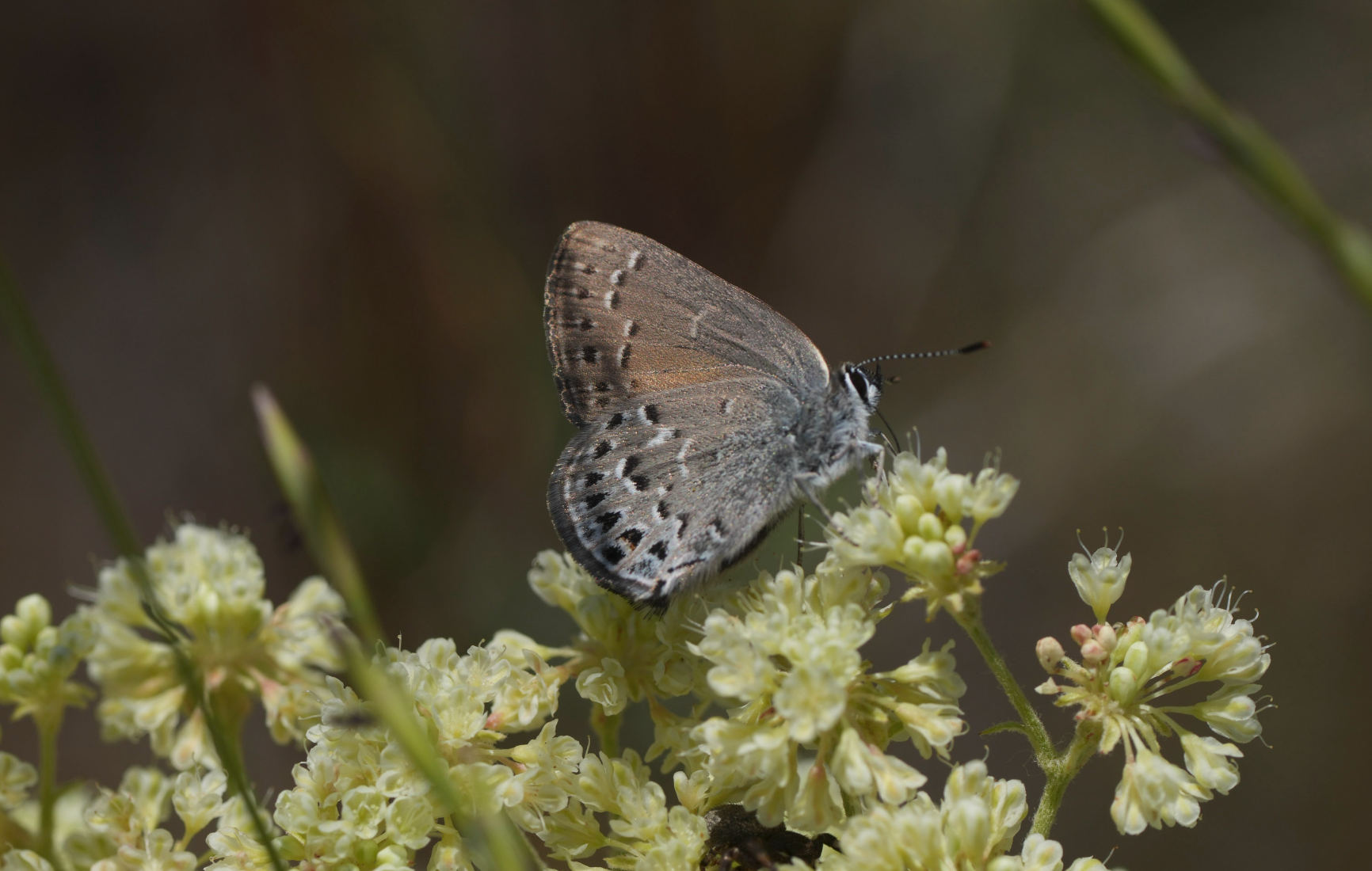
This can be a tough group of butterflies to identify, with little more than subtle differences between some species. Most people find it easier to just lump them all together as "blues" than figure out which species you're seeing.
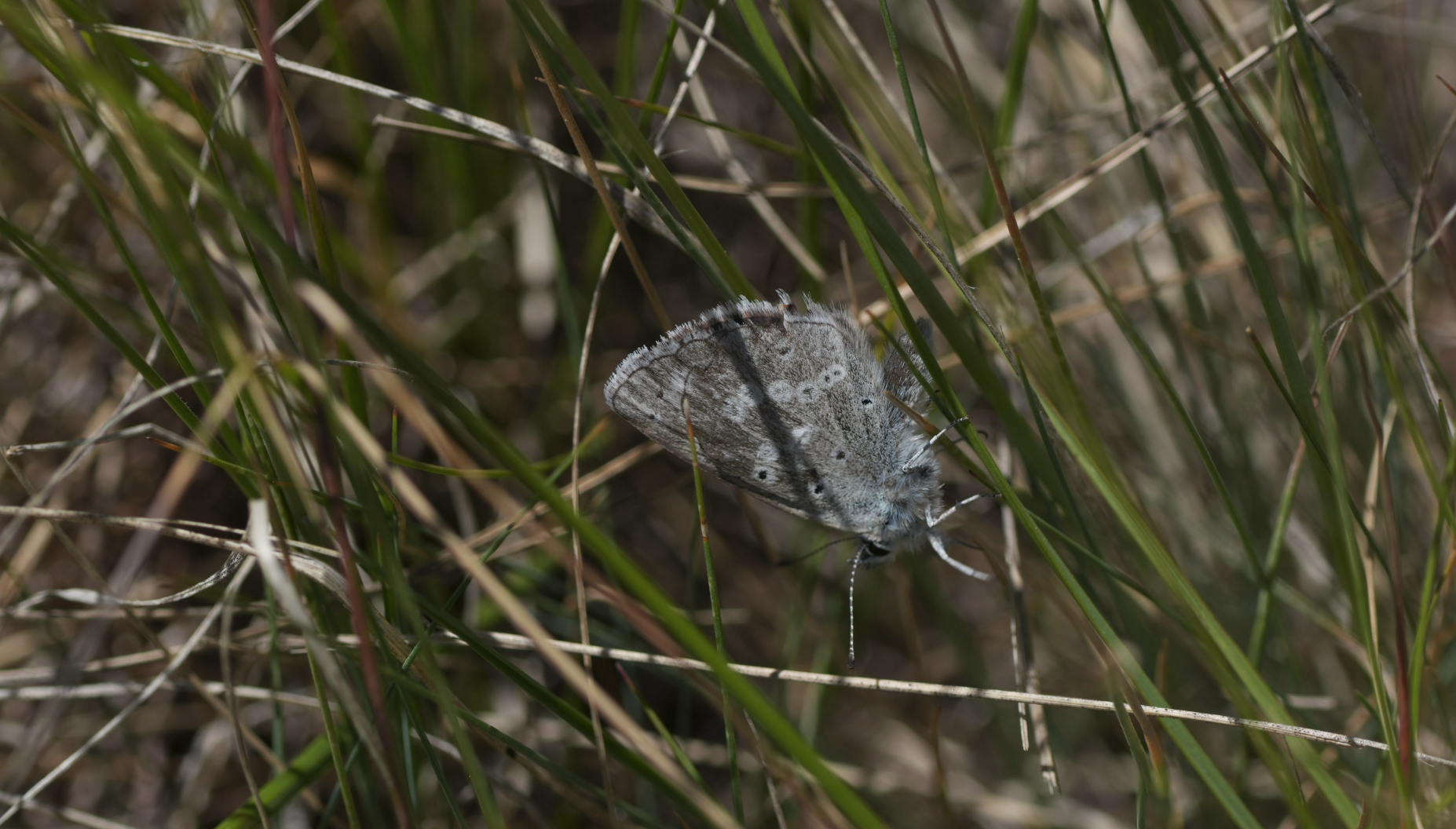
The most interesting part of their life history is that their small green caterpillars form complex relationships with ants. The caterpillars ooze out nutritious droplets of honeydew that ants love, and in exchange the ants guard and protect the caterpillars from predators and parasites.
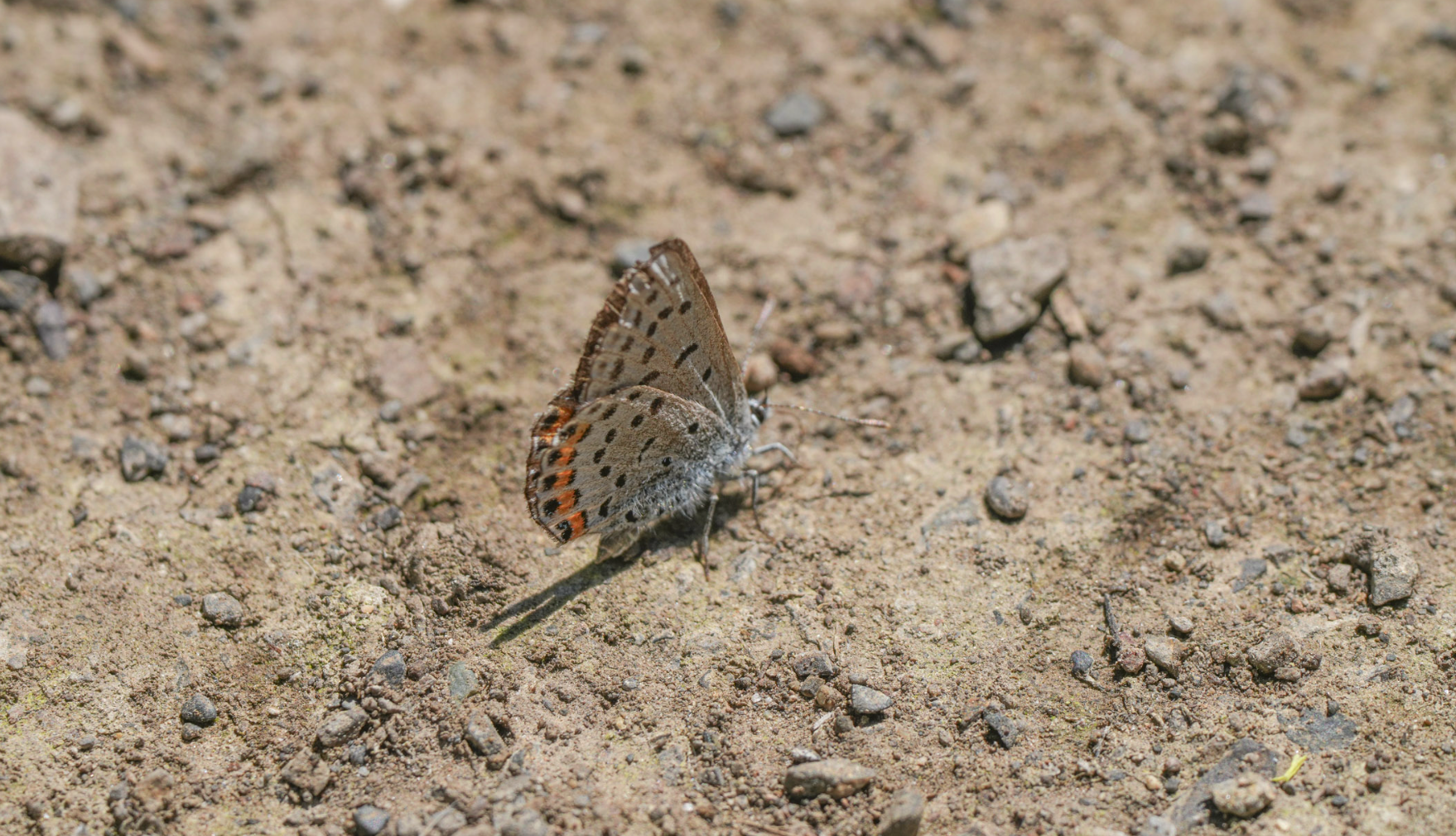
This relationship is so tight that, if the caterpillars feel threatened, they cry for help and ants rush over to rescue them. The caterpillar vocalizations are produced by stridulation (which is the same way that crickets make sounds).
Some of these caterpillars are also predators and they will eat aphids that ants are also protecting or eat ant eggs and larvae inside an ant nest, but caterpillar honeydew is so highly prized that the ants don't seem to mind.

